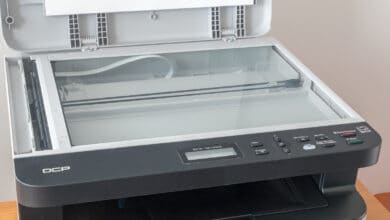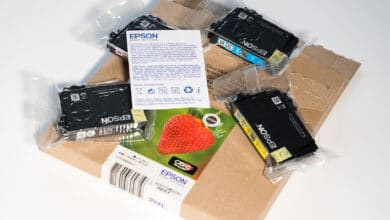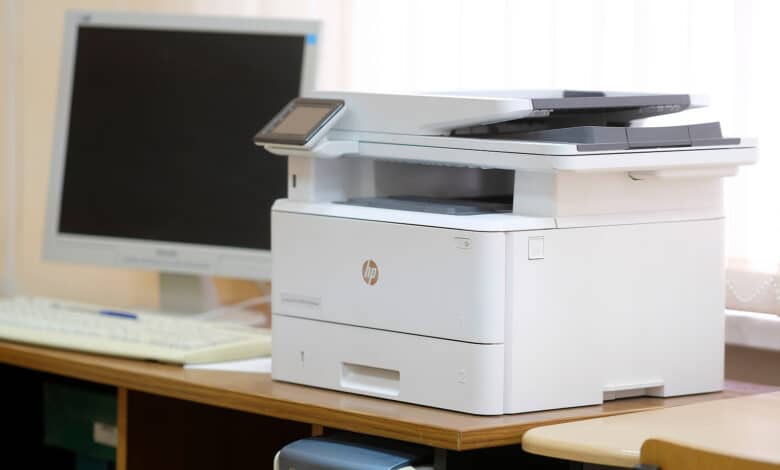
If you own an inkjet printer, you’re probably familiar with the following problem. If you don’t use the device for a while, the print quality suffers immensely. There can be many reasons for this. One of the most common is certainly a dried up print head. The rude awakening then quickly causes discontent. Regardless of the reason for the long printing break, the user is quickly annoyed by the result. The printout is either incomplete or the printer paper comes out of the device completely blank. This is usually because the print head nozzles are clogged due to dried ink. But why does the printer cartridge dry out in the first place? We want to explain that to you once.
What is printer ink made of?
Before asking why printer cartridges dry out in the first place, you need to be clear about the composition of the particular ink. Although it may seem so, printer ink is by no means simply ink. Rather, the printer cartridge contains a complex mixture of the most diverse components. This is almost a mysterious product. After all, every printer manufacturer uses a different recipe for its ink. Parallels can be drawn with the food industry. No ink manufacturer wants its own recipe to be copied in any way by the competition. The risk of copying would be too great.
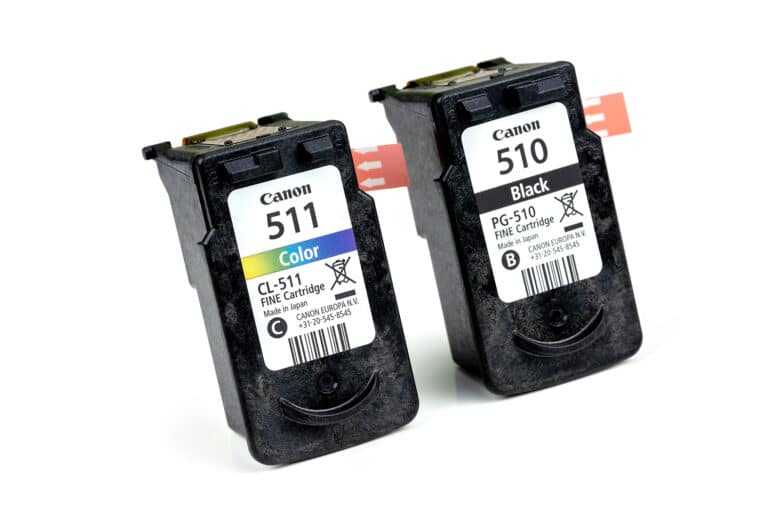
The fact that printer ink is not conventional ink is already clear from the price. Black printer ink, for example, ranks third among the most expensive liquids at just under $2,700 per gallon. As an end customer, you feel these prices at the latest at the checkout of your trusted electronics store. The manufacturers themselves justify the high prices by striving for perfect print quality. Today’s cartridges for inkjet printers rely on a number of different components. These include not only chemical substances, but also organic ones. In addition to a water content of at least 50 percent, ink manufacturers rely on dyes, solvents, fixatives, illuminants, resins, surfactants, biocides and fungides. Here, the complexity of modern printer ink becomes more than clear.
Stagnation causes drying out
If you start researching the cause of dried-out printer cartridges, you are most likely to find it with downtime. As we mentioned at the beginning, your printer should not be at a standstill for several weeks. It is the components in the ink that cause it to dry out. Water is in the first place. Like any other liquid, it is subject to the risk of evaporation. This is also the case when the cartridge is installed in your printer. Another reason is the presence of preservatives in your printer ink. Their purpose is to prevent the proteins in the ink from forming bacteria or mold. However, they also cause clumps to form in the ink when it is not in motion. The same is true for the solvent. If the liquid is not moving, the solvent cannot do its job. As a result, the ink residues dry out, especially at the print head. Another cause can be the simple age of the ink cartridge. If its production date is older than three years, it is likely to have already dried out considerably and to be subject to lump formation. The reason for this is again evaporation and ineffectiveness of the solvent.
You can effectively avoid drying out
The age of your printer does not play a role in the drying out of the printer cartridge as a rule. New printers can suffer from the inferior quality of dried up printer ink just as well as old printers. It is simply the infrequent use that leads to this. However, this can also be used to conclude what can effectively prevent the drying out. A simple tip is to regularly switch on your printer and print a test page via the printer software. Here you can not only check the quality. Thanks to the solvent in the ink, the print head nozzles are also freed from dried ink residue. Perform such a test print every two to three weeks and you will have a consistently good print quality.
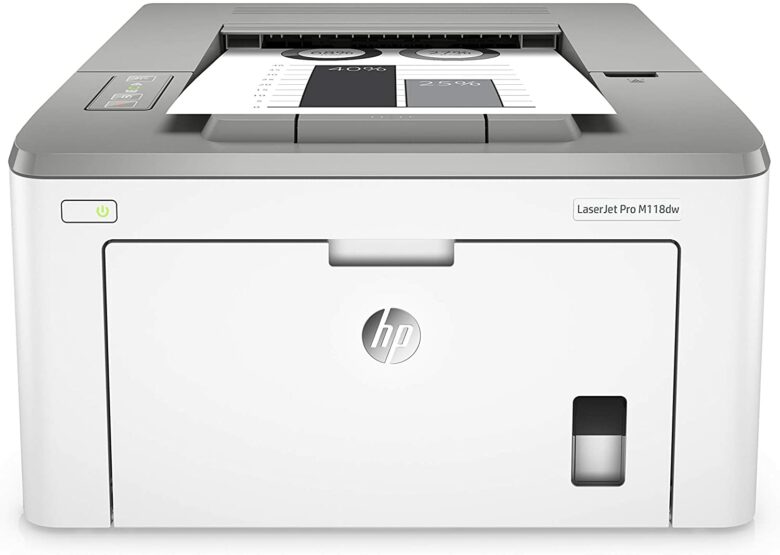
Of course, the question arises how to proceed if you are not at home for a long time. Then it can be worthwhile to remove the cartridge and store it properly. The best way to do this is to use a fresh-keeping tin. Put the cartridges in the can and store them in a dark, dry and cool place. The refrigerator, for example, is an excellent place for this. Thus deposited printer cartridges keep away also over weeks without drying out.
Is an inkjet printer right for you?
Who prints very irregularly, will be quickly annoyed by the high costs that a prophylaxis described above brings with it. After all, test pages cost a lot of ink and therefore a lot of money. In this case, it may well be worthwhile to opt for a laser printer. Since these models rely on toner cartridges, drying out cannot occur in the first place. Unlike printer ink, toner is not a liquid. Instead, it is a kind of powder.
